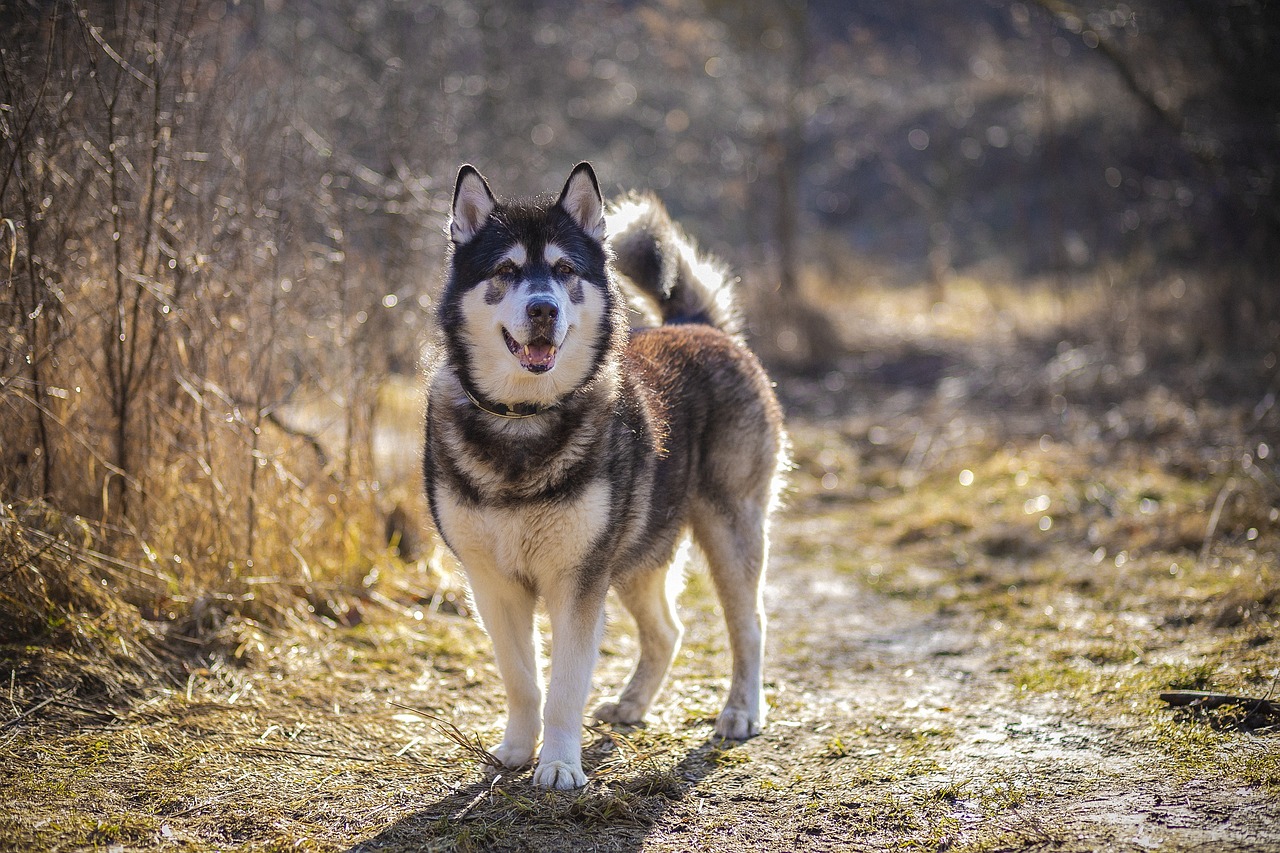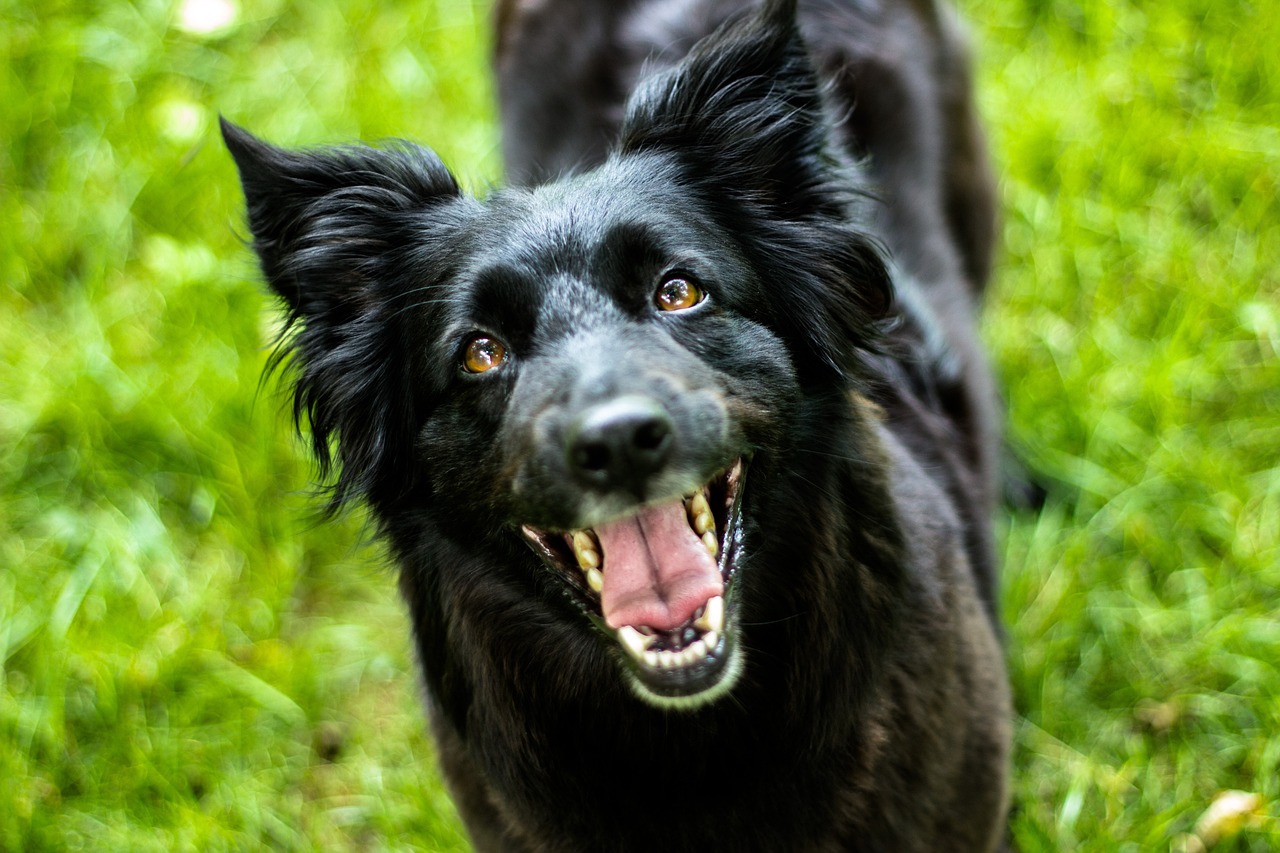Have you ever wondered what the world looks like through your dog’s eyes? While we often assume our canine companions see things as we do, the reality is quite different. Dogs have a unique visual system that allows them to perceive aspects of their environment in ways that humans cannot. Understanding what dogs can see that humans can’t can help us better appreciate their abilities and behaviors. From their ability to see in low light to their perception of ultraviolet light and motion detection, dogs have evolved to have vision suited to their needs as hunters and companions.
This article will explore the fascinating differences between canine and human vision, illuminating what makes our furry friends’ sight unique.

The Science of Dog Vision
It’s important to delve into the science of dog vision to understand what dogs can see that humans can’t. Dogs’ eyes are structured differently from ours, with variations in the number and types of photoreceptors. Humans have three types of cone cells, which allow us to see a wide range of colors, while dogs have only two. This means dogs are dichromatic, seeing primarily in shades of blue and yellow. Additionally, dogs have more rod cells, which are more sensitive to low light and motion. This adaptation is essential for their survival, enhancing their ability to detect prey and navigate their environment in varying lighting conditions.
Find Out What Dogs Smell That Humans Can’t
What Can Dogs See That Humans Can’t in Low Light?
One of the most significant differences in vision between dogs and humans is their ability to see in low light. Dogs have superior night vision thanks to more rod cells in their retinas. Rod cells are more sensitive to dim light, allowing dogs to detect movement and objects even in near darkness. This ability is further enhanced by the tapetum lucidum, a reflective layer behind the retina that improves their night vision by reflecting light that passes through the retina back into their eyes. This gives dogs the proverbial “glowing eyes” effect when caught in headlights or a flashlight beam, and it’s a key reason why dogs can see things that humans can’t in low-light conditions.
Can Dogs See Ultraviolet Light?
Interestingly, some studies suggest that dogs can see ultraviolet (UV) light, a spectrum invisible to the human eye. If confirmed, this ability would mean that dogs can see aspects of the world completely hidden from us. UV vision can help animals see patterns on flowers, track urine trails, and detect other environmental cues crucial for survival and hunting. While research is ongoing, the possibility that dogs can see ultraviolet light adds another layer of complexity to their already impressive visual capabilities.
The Role of Motion Detection in Dog Vision
Motion detection is another area where dogs excel compared to humans. The high number of rod cells in their eyes makes dogs particularly sensitive to movement, even at a distance. This heightened motion detection is vital for their role as hunters and protectors. Dogs can detect the slightest movements of potential prey or intruders, which helps explain why they might bark at seemingly nothing or react to small, quick movements that humans might miss. Their superior motion detection allows dogs to be effective guardians and keen observers of their surroundings.
How Dogs Perceive Colors Differently
While dogs do not see the full spectrum of colors, humans do, and they still perceive colors differently. As dichromats, dogs primarily see the world in shades of blue and yellow. Colors such as red and green appear more muted or as shades of gray. This difference in color perception means that dogs rely more on brightness and contrast than color to distinguish objects. Understanding how dogs perceive colors differently can help pet owners choose toys and training tools more visually appealing to their furry friends, enhancing their engagement and enjoyment.
Learn How Dogs See And Smell Their Surroundings
Practical Applications: How Dogs’ Vision Helps Them in Daily Life
The unique aspects of dog vision have several practical applications in their daily lives. Their ability to see in low light makes them excellent companions for nighttime activities, such as walks or security duties. The potential to see ultraviolet light could help them track scents and navigate their environment more effectively. Their superior motion detection is crucial for roles in search and rescue, police work, and as service animals. Additionally, understanding how dogs perceive colors differently can improve the way we design toys, training aids, and living spaces to suit their visual needs better. By appreciating the nuances of what dogs can see that humans can’t, we can create environments that cater to their strengths and enhance their well-being.
Discover What Colors Dogs Can Actually See
Insights Into What Dogs Can See That Humans Can’t
In conclusion, dogs possess remarkable visual abilities that differ significantly from humans. From seeing in low light and potentially perceiving ultraviolet light to their acute motion detection and unique color perception, dogs’ vision is tailored to their needs as hunters and companions. By understanding these differences, we can better appreciate the world through our dogs’ eyes and ensure we provide them with the best possible care and enrichment. So next time your dog seems to react to something invisible to you, remember that they might be seeing a world that is hidden from human sight.

 Toledo, United States.
Toledo, United States.
